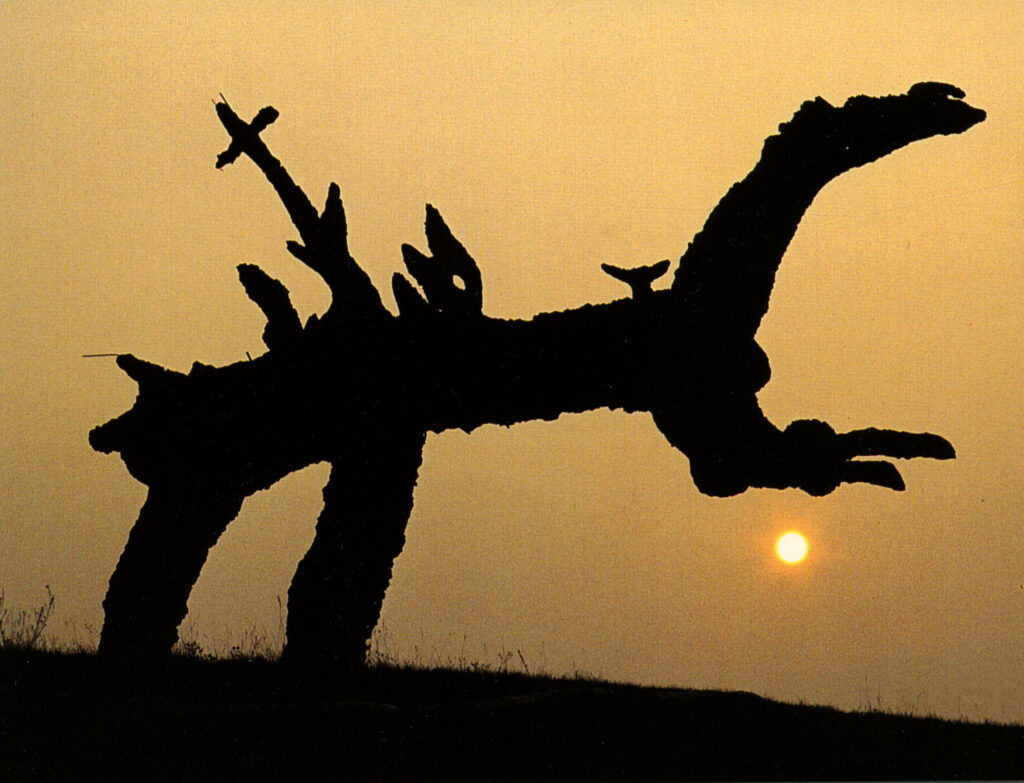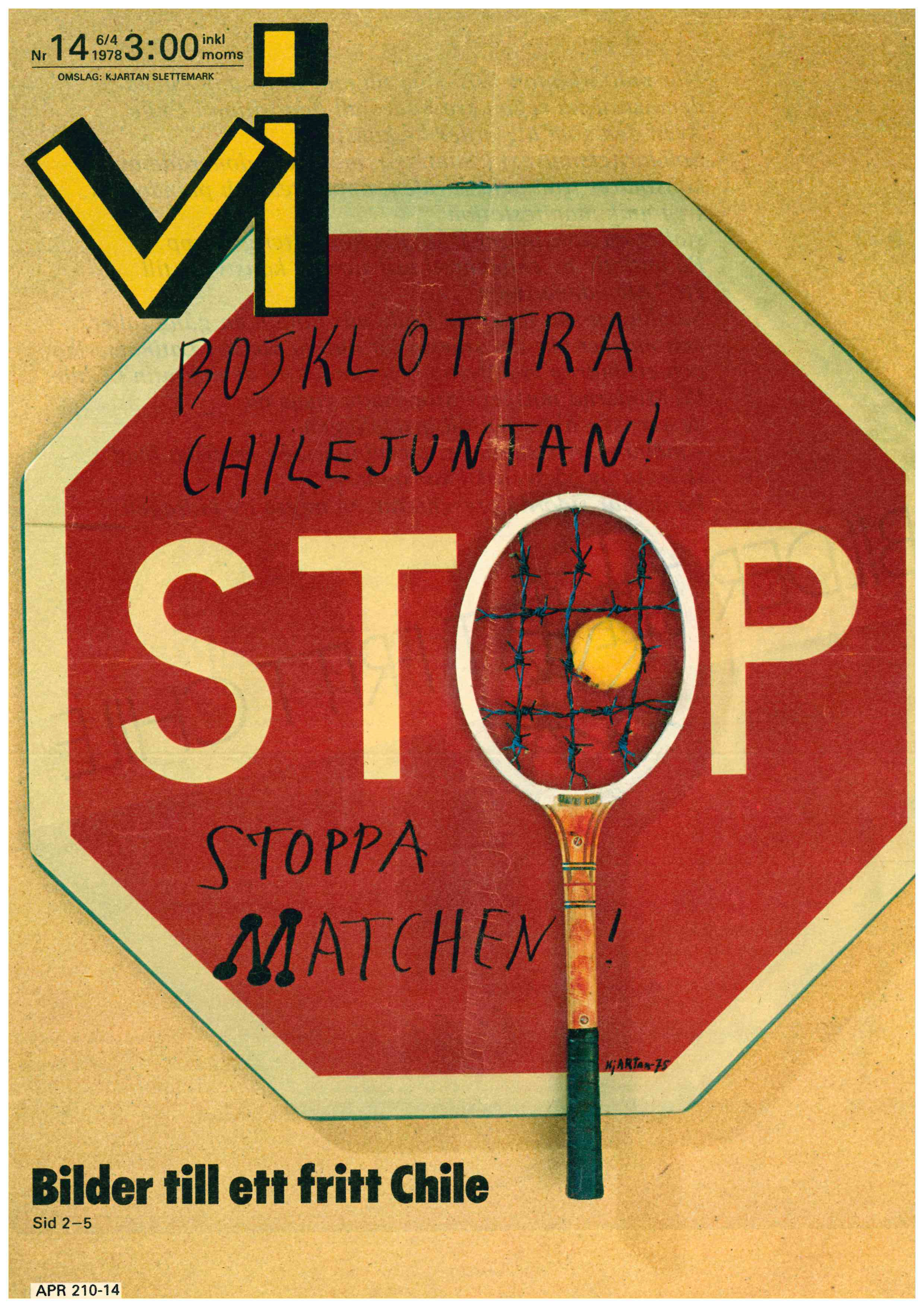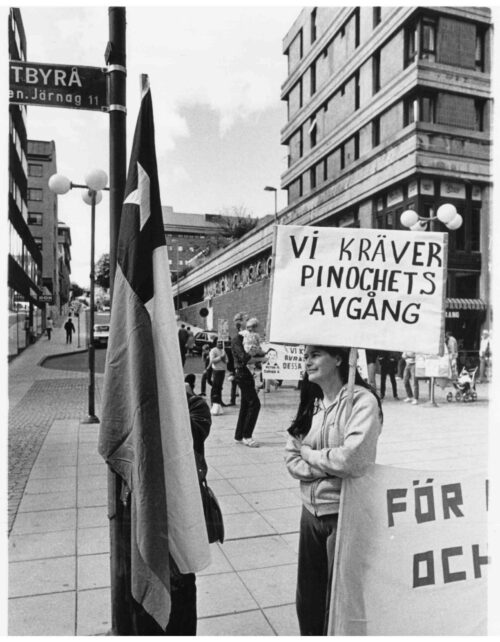


Södertälje konsthall moved to its new premises and existing location in the year 1978 when the Luna Culture house, an entire block of this Swedish city at the time, was built in central Södertälje. The year 1978 was also the year of the exhibition the International Museum of Resistance “Salvador Allende”, a touring exhibition produced by Moderna museet in Stockholm.
At this time artists around the world acted in solidarity with Chile’s cause, dictator Augusto Pinochet’s violence against his political opponents had created a worldwide outrage and an international solidarity movement. The solidarity movement in Sweden was active partly through the Chile Committee, a group of activists engaging through information campaigns and education that explored activism in relation to everything from sports to farming, often with a broad interest in arts and culture, divided into around a hundred local organisations, one of them present in Södertälje. Although primarily a movement of the political left the activism in relation to Chile was carried out by several political parties, as well as by groups without political affiliation, like the Chile Committee. It was this commitment and engagement as a social movement that would later form the basis of the Swedish anti-apartheid movement and the mission to join the struggle to end the injustices in South Africa. Many political refugees came to Sweden from Chile as a result of the extreme violence and persecutions, and many of these refugees and especially their children are today important voices of Sweden’s contemporary cultural life. What did the exhibition the International Museum of Resistance “Salvador Allende” of 1978 consist of and what was its aim? Formally the exhibition was a collection of works donated by Swedish artists, and there was a diverse programming of the exhibition including everything from performance events and murals painted in public space as well as musical concerts. Many of the artists included in the exhibition were among Sweden’s most celebrated artists, others were less known to a broader public – what united them was a cause for social justice. The collection of artworks in the show would be donated to a future Solidarity Museum in Santiago once the country had regained its independence. It would take until the year 1991 before the museum was inaugurated in Chile. What does solidarity mean today? Is it even possible to speak of such a concept today? Does it have relevance in a globalized world were most struggles are fractioned?
Artists in the exhibition:
Bertil Almlöf, Olle Baertling, Torsten Bergmark, Ola Billgren, Leif Bolter, Bengt Bockman, Lena Cronquist, Sten Eklund, Lars Englund, Öyvind Fahlström, Jörgen Fogelquist, John-e Franzén, Roj Friberg, Jan Erik Frisendahl, Gösta Gierow, Enno Hallek, Steffan Hallström, Lars Hillersberg, C O Hultén, Jan Håfstrom, Einar Höste, Mona Johansson, Hanns Karlewski, Ewert Karlsson, Lars Kleen, Olle Kåks, Ulla Larsson, Falke Lind, Sivert Lindblom, Lars Lindeberg, Lage Lindell, Berto Marklund, Bror Marklund, Lars Millhagen, K – G Nilsson, Bengt Nordenborg, Thelma Aulio Paananen, Karl- Axel Pehrson, Petter Pettersson, Ulf Rahmberg, Torsten Renqvist, Ulrik Samuelsson, Olof Sandahl, Philip von Schantz, Kjartan Slettemark, Nils G Stenqvist, Max Walter Svanberg, Per Svensson, Lasse Soderberg, Pär Gunnar Thelander, Peter Tillberg, Per Olof Ultvedt, Ulf Wahlberg, Hans Viksten, Henck Wognum, Jacques Zadig, Petter Zennström, Anders Åberg.
